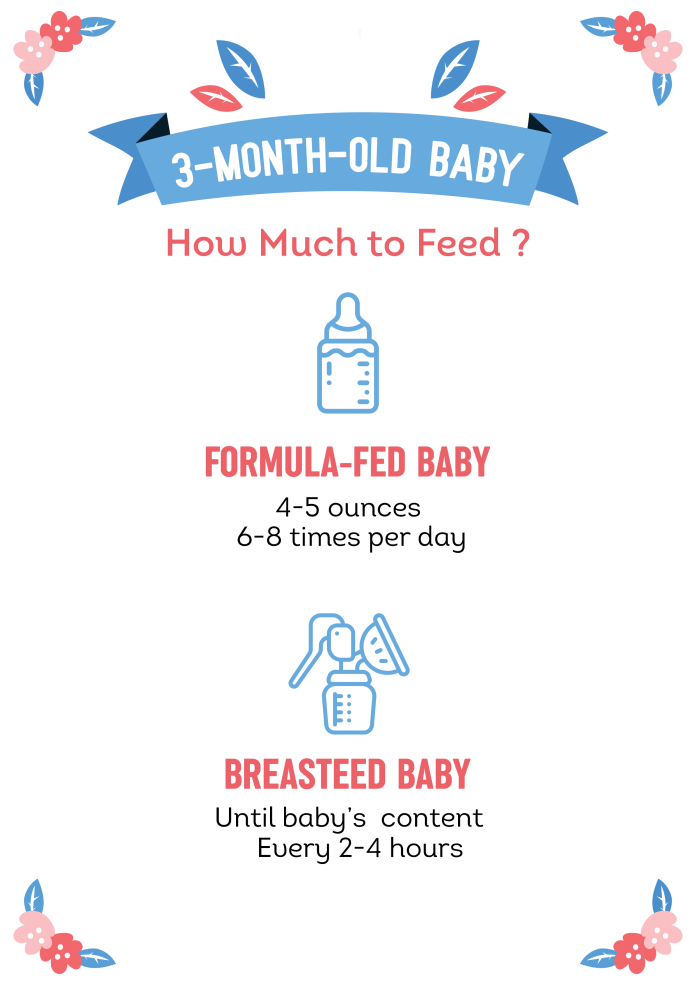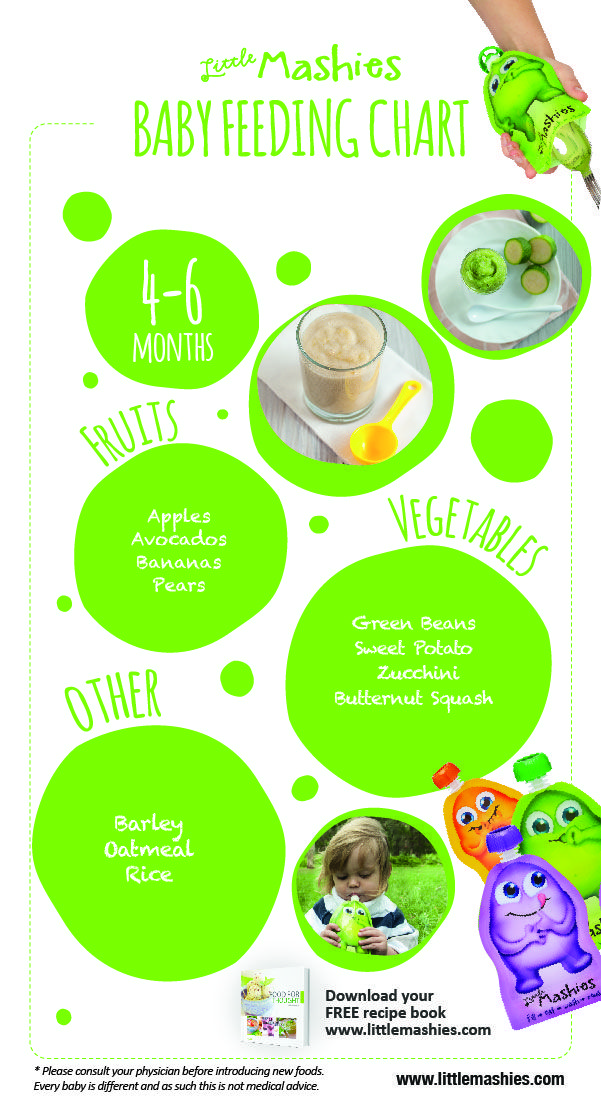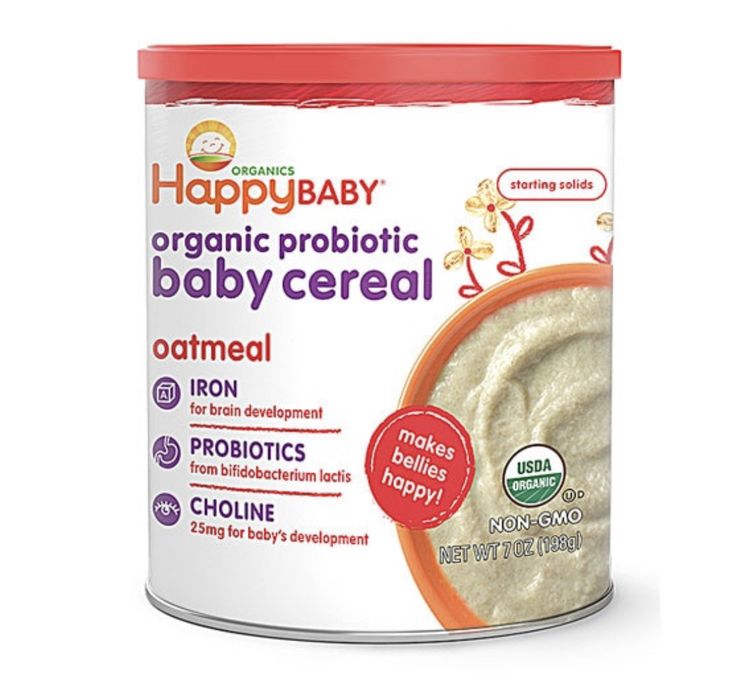Best milk to feed baby
Milk or Alternatives for Toddlers
Read time: 7 minutes
What should I know about choosing the right milk for my toddler?- Know what milk options are available
- Learn the pros and cons of each milk option
- How to make sure your toddler is getting the nutrition they need no matter the milk choice
The transition to milk at 1 year can be an exciting milestone. At 1 year, solid foods should be the main source of your little one’s nutrition.1,2 This means that your baby is relying less and less on infant formula and breastmilk.
Toddlers continue a steady rate of growth during their second year of life, with fat continuing to play an important role in brain development and with increasing nutrient needs, such as calcium, vitamin D, and other micronutrients.3 Whole cow’s milk is a valuable source of these needed nutrients.
Formula fed babies are encouraged to begin transitioning to milk at the 1-year mark, weaning from infant formula between 12 and 14 months. 4, 5 Breastfed babies can continue drinking breastmilk for as long as mother and baby would like.6, 7
If your little one is allergic to cow’s milk, or you are vegan or vegetarian, there are certain things to take into consideration when choosing a cow’s milk alternative. Many of the non-dairy options are lower in protein, fat, and certain vitamins and minerals such as calcium, vitamin D, and B12 – all of which cow’s milk is rich in, which is why cow’s milk is recommended by the American Academy of Pediatrics. 8
Unsweetened, fortified soy milk is the only non-dairy milk alternative currently recommended by pediatric experts.8, 9, 10, 11
Read more: Dairy Sensitivities in Babies and Toddlers
What are the differences among cow’s milk and plant-based milk alternatives?
While there are an overwhelming amount of milk alternative options available to choose from, keep in mind that the only milk and milk alternative recommended by the American Academy of Pediatrics and other pediatric experts are cow’s milk and soy milk.![]()
Here are some common milks and non-dairy milk options available:
- Whole cow’s milk
- Breastmilk
- Toddler formulas
- Soy milk
- Rice milk
- Almond milk
- Hemp milk
- Goat’s milk
- Coconut milk
- Oat milk
Whole Cow’s Milk – Whole cow’s milk, when included with a variety of foods, can help support the growth and development of children over 1 year of age. This type of milk is recommended as a replacement to baby formula at this age by the American Academy of Pediatrics.13 Per 8 ounces, whole cow’s milk is a quality source of calcium, protein, fat, phosphorous, Vitamin A, and Vitamin D.
For most children, whole cow’s milk is recommended until the child is 2 years old.
Read more: Why Calcium Matter for Babies, Tots, and Mama
Breastmilk – The AAP recommends babies continue to breastfeed through their first birthday, while the World Health Organization (WHO) recommends breastfeeding until at least age 2. 7 If your toddler is still nursing 3-4 times a day, you do not need to add cow’s milk to his diet right at 12 months.
7 If your toddler is still nursing 3-4 times a day, you do not need to add cow’s milk to his diet right at 12 months.
If you’re still breastfeeding, don’t stress about milk! Your toddler is doing just fine. However, if you are offering breastmilk in a bottle, try offering it in a cup. If your child is only nursing once or twice per day, then some cow’s milk may be needed.
Read more: What Are The Benefits of Breastfeeding
Soy Milk – Because soy milk is nutritionally equivalent to cow’s milk, this is the only plant-based milk alternative recommended by pediatric experts.8, 9, 10 For those with a sensitivity or allergy to dairy, soy milk provides adequate calories and protein for the growing toddler. Look for soy milk that is unsweetened and fortified with calcium and Vitamin D.
It is important to note that some children with cow’s milk protein allergy are also potentially allergic to soy, so soy milk and soy infant formulas are recommended for children only under specific circumstances.
Read more: Guidance on Raising a Child with Food Allergies
If you are concerned about this, feel free to discuss with baby’s doctor or a Happy Baby Expert. They’re here to help on our free live chat from Monday through Friday, from 8am–6pm ET, and Saturday and Sunday, from 8am–2pm ET. Chat now!
Toddler formula and other plant-based milk alternativesWhile it can be tempting to use any plant-based milk in place of cow or soy milk, most of these options are lacking important nutrients your toddler needs, such as protein, fat, and calcium. It is not recommended that these replace cow’s milk or soy milk unless specifically directed by your pediatrician.
Toddler Formulas – The American Academy of Pediatrics and World Health Organization has expressed that toddler formulas are unnecessary and often contain excess sugar that is not needed.8,9 Even if your little one is a little picky or still not eating all foods, this type of formula is not recommended. Think about them meeting their needs as an average throughout a week rather than daily. They are receiving nutrients from the food they eat and supplemental milk and this should be meeting their nutrition needs for growth and development.
Think about them meeting their needs as an average throughout a week rather than daily. They are receiving nutrients from the food they eat and supplemental milk and this should be meeting their nutrition needs for growth and development.
Rice Milk – Children with allergies to both cow and soy milk or who follow vegetarian or vegan diets often turn to rice milk, but this might not the best choice for your growing toddler. Rice milk is lower in protein, fat, calories, vitamin and minerals than other dairy alternatives, and is also higher in sugar.14 If you choose to use rice milk, opt for unsweetened versions fortified with calcium and Vitamin D, and make sure your toddler’s diet includes other sources of protein and healthy fats.
Read more: Meeting Your Needs and Baby’s on a Vegetarian Diet
Almond Milk – Almond milk, like rice milk, is low in protein when compared to cow’s milk, but does have a bit more fat; on average, about the same as 1% cow’s milk or about 3 grams.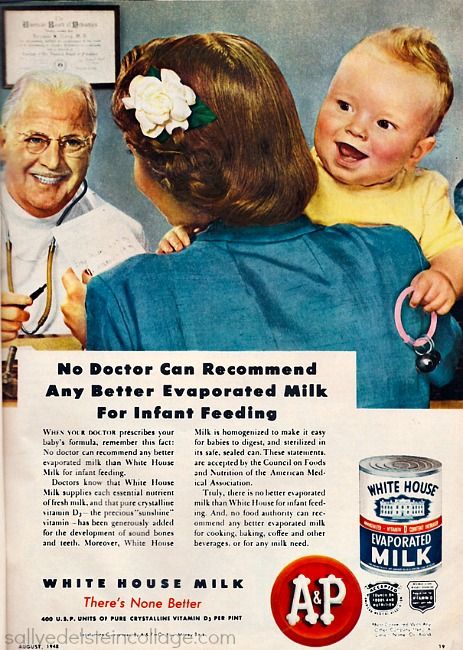 If you choose to use almond milk, opt for unsweetened versions fortified with calcium and Vitamin D, and make sure your toddler’s diet contains other sources of protein and fats.
If you choose to use almond milk, opt for unsweetened versions fortified with calcium and Vitamin D, and make sure your toddler’s diet contains other sources of protein and fats.
Hemp Milk – Unsweetened hemp milk has more fat than other plant based milks – about 6 to 7 grams per 8 ounces, which is just under the 8 grams in whole milk. But some hemp milks have only 1 gram of carbohydrates and only about 2 grams of protein. If you choose hemp milk, be sure it is fortified with calcium and vitamin D, and that your toddler’s diet has ample protein.
Goat’s Milk – While goat milk does contain more calcium, B6, vitamin A, and potassium than cow milk, it lacks folate, vitamin D, and B12.15 So if goat’s milk is your primary choice, it’s important to choose a brand fortified in these nutrients, or ensure that your little one is getting these nutrients through other foods.
Read more: Why Folate Matters for Babies, Tots, and Mama
Read more: Getting Enough Vitamin B12
Coconut Milk – Although coconut milk is higher in iron than cow’s milk, it provides fewer calories, protein, and vitamin D than some of the other non-dairy milks. 14 If you choose this for your little one, be sure to include additional sources of protein, healthy fats, vitamin D and calories in their diet.
14 If you choose this for your little one, be sure to include additional sources of protein, healthy fats, vitamin D and calories in their diet.
Oat Milk – Like other plant-milks, many oat milk options are fortified with adequate calcium and vitamin D (but check to make sure!), however they contain much less protein than cow’s milk.16 Additionally, most oat milks have a lower amount of fat. Some have added oil to help boost fat content to about 3.5 grams, or a little more than 1% cow’s milk. If you choose oat milk for your little one, be sure it’s fortified with appropriate vitamins and minerals, is unsweetened, and that your toddler’s diet has adequate protein and fat.
How do I make sure my toddler is getting the nutrition they need?How much milk should my toddler drink?It’s important to remember that while your little one may have been on an all-milk or milk-heavy diet of formula and/or breastmilk before the age of 1 year, after the 1-year mark milk should be kept to 2 to 3 cups per day.
The American Academy of Pediatrics (AAP) recommends only 2 to 3 cups (16 to 24 ounces) of milk or milk-alternative per day.8
Read more: How Do I Switch my Little One To Milk?
Consult with your toddler’s healthcare providerYour pediatrician knows your toddler’s nutrient needs well and can help provide guidance on which milk or milk alternative may work best.
If your baby has a dairy or soy sensitivity, speak to your toddler’s healthcare provider about which type of milk to introduce first. And don’t worry – many infants outgrow a milk or soy protein intolerance by their first birthday. You and your child’s pediatrician can form a plan of which soy and dairy products to re-introduce and the pros and cons of each type of milk.
Bottom LineIf you choose a non-dairy milk for your little one, soy milk is the recommended milk alternative for toddlers who are not able to drink cow’s milk. Should soy milk not be medically advised, work with your pediatrician to determine which is the best option for your child; and aim for:
- No sugar added.
 Sugar is often added to plants milks so read all labels. Beware of “Original” flavors as these often have sugar added; look specifically for “Unsweetened” claims instead, as well as unflavored.
Sugar is often added to plants milks so read all labels. Beware of “Original” flavors as these often have sugar added; look specifically for “Unsweetened” claims instead, as well as unflavored. - Make sure the milk alternative is fortified with vitamin D and calcium.12
*Remember that without cow’s milk or soy milk, your toddler must have a diet with adequate protein, fat, vitamin D, and calcium – among other nutrients.
Read more: Minimizing Added Sugar
Let’s Chat!We know parenting often means sleepless nights, stressful days, and countless questions and confusion, and we want to support you in your feeding journey and beyond.
Our Happy Baby Experts are a team of lactation consultants and registered dietitians certified in infant and maternal nutrition – and they’re all moms, too, which means they’ve been there and seen that. They’re here to help on our free, live chat platform Monday through Friday, from 8am–6pm ET, and Saturday and Sunday, from 8am–2pm ET. Chat Now!
Chat Now!
Read more about the experts that help write our content!
For more on this topic, check out the following articles:
Which Supplements or Vitamins should you be giving your toddler?
Feeding for Healthy Weight Gain in Babies and Toddlers
Meeting your Needs and Baby’s on a Vegan Diet
Is Your Baby or Toddler Adequately Hydrated?
Healthy Snacks for Babies and Toddlers
Avoiding Picky Eating
Why Vitamin D Matters for Babies, Tots, and Mama
The Best Milk for Babies After 1
Here in the United States, it is generally assumed that at one year old babies will transition from breast milk or infant formula to cow’s milk. Many parents, whether it be for allergies, constipation, other medical conditions, or just personal concern, wonder if that is strictly necessary.
So today we’re going to talk about what the best milk for babies after 1 is!
Important Nutrients in Cow’s Milk
When it comes to cow’s milk, there really are several reasons that it is recommended for toddlers.
Think of milk as a kind of transitional drink. It helps your child make the jump from a diet fully reliant on breast milk or baby formula and a little bit of solid foods before their first birthday, to one that is fully food-based after 2 years of age.
Most young children will not be able to go directly from milk (as in breast milk or formula) being their primary nutrient source to food being solely responsible for meeting their nutritional needs.
So cow’s milk, or an alternative that we’ll talk about in a bit, helps to make up the difference and bridge the gap between 1 and 2 years of age.
In bridging that gap, we make sure that your child’s diet is optimized to support their brain development. Both with healthy fats and adequate calories, as well as other important nutrients.
Protein, Fat, Calories, Vitamins and Minerals
When we’re talking about cow’s milk, the nutrients that we are focused on the most that it provides are protein, fat, calories, and some vitamins and minerals.
For minerals, we are specifically looking at calcium. And most cow’s milk, at least here in the U.S., is fortified with vitamin D.
Now as you can imagine, cow’s milk is not the only thing that can provide these nutrients. But what cow’s milk does have going for it is that literally the nutritional guidelines are built around it.
We won’t get into the reasons behind that, and the dairy foods lobby that has potentially had a big say in that over the years. But I will say that at the end of the day, the fact that the guidelines are built around cow’s milk gives it a leg up.
It’s been researched a lot, we know what nutrients are in it and how much kids need. It makes cow’s milk a pretty straightforward recommendation for your toddler’s diet.
Types of Milk for Your 1 Year Old’s Diet
Now that we’ve gotten a little bit of the reasoning behind milk out of the way, let’s talk about the specific kinds of milk that are out there and the best milk for infants.
Breast Milk
Let’s start with breastmilk. Many people in the United States wean around a year of age. The World Health Organization actually recommends breastfeeding to two years and beyond, though.
Breast Milk vs Cow Milk After One Year
That means that if you are still breastfeeding, and don’t plan to wean in the near future, then there is no need to introduce cow’s milk to your baby’s diet!
When it comes down to it, breastmilk is the healthiest milk for toddlers. We can offer other milks to substitute, but if you want to offer breast milk still, that is a great and healthy choice for them.
Your milk will be totally sufficient as long as you are nursing at least 3-4 times a day. It is still going to be important to focus on providing your baby with an adequate and varied diet of solid foods, as well.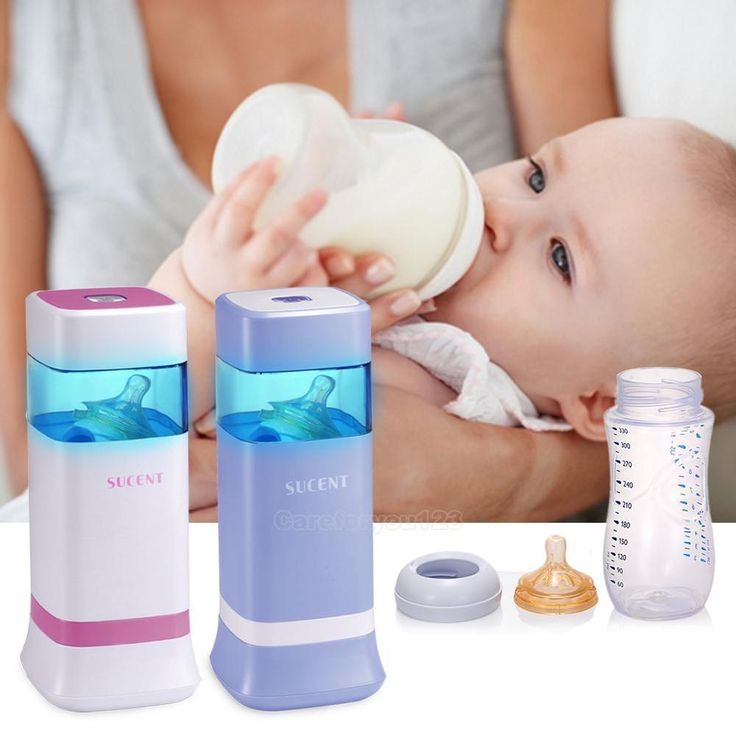
While we might be concerned with calcium for your baby’s diet in general, breast milk has calcium that is much more bioavailable than that in cow’s milk. This means that your baby needs less calcium from breast milk than they would from cow’s milk to meet their needs.
You can also serve other dairy products, like yogurt and cheese to help them get in additional calcium if you choose to.
Cow’s Milk
If your baby is on formula prior to one, or you are planning to stop breastfeeding, then the general recommendation is that you should introduce cow’s milk to your baby’s diet. (Check out this article for recommendations on how much milk to serve.)
When it comes to the best cow milk brand for a 1 year old baby, there is not really one answer. Every region will have different milk options available to them, with different requirements by state and country for milk production. The best thing to do is to research or talk to the farmers for the dairies that supply your local milk.
The best thing to do is to research or talk to the farmers for the dairies that supply your local milk.
After one, there’s really no need to stay with a toddler formula or any other specially formulated drink. Our general nutrition recommendations are built around cow’s milk. They are there to help you plan a diet that is adequate for your baby.
Most toddler formulas have sweeteners and other unnecessary ingredients. They also tend to be more expensive than just plain cow’s milk! So after one, there’s no need to buy anything but regular cow’s milk.
Stick With Whole Cow’s Milk
Before your child turns two, you do want to stick with whole milk, as it is the best cow milk for a 1 year old. Toddlers have extremely high fat needs in their diet. Whole milk has a high enough fat content to help meet their needs and to help with your toddler’s brain development.
Nonfat milk, or even reduced fat milk, will not adequately meet your child’s needs before 2, like whole cow’s milk will. After 2, you can switch them to whatever milk the rest of your family drinks. But it is still a good idea to keep them on whole milk if you don’t need to change them.
Plant Based Milk
If for whatever reason your toddler can’t have, or you don’t want them to have, cow’s milk, then there are some other options. It seems like new milk alternatives are coming out every day, and they can be hard to keep up with!
For some specific guidance on the different nutrients in the various alternative milks, head to this breakdown of the nutritional differences in the various milks for toddlers.
When it comes to non-dairy milk, it can be quite tricky to make a blanket recommendation. Your child’s diet and foods that they eat is going to be different from the next child’s.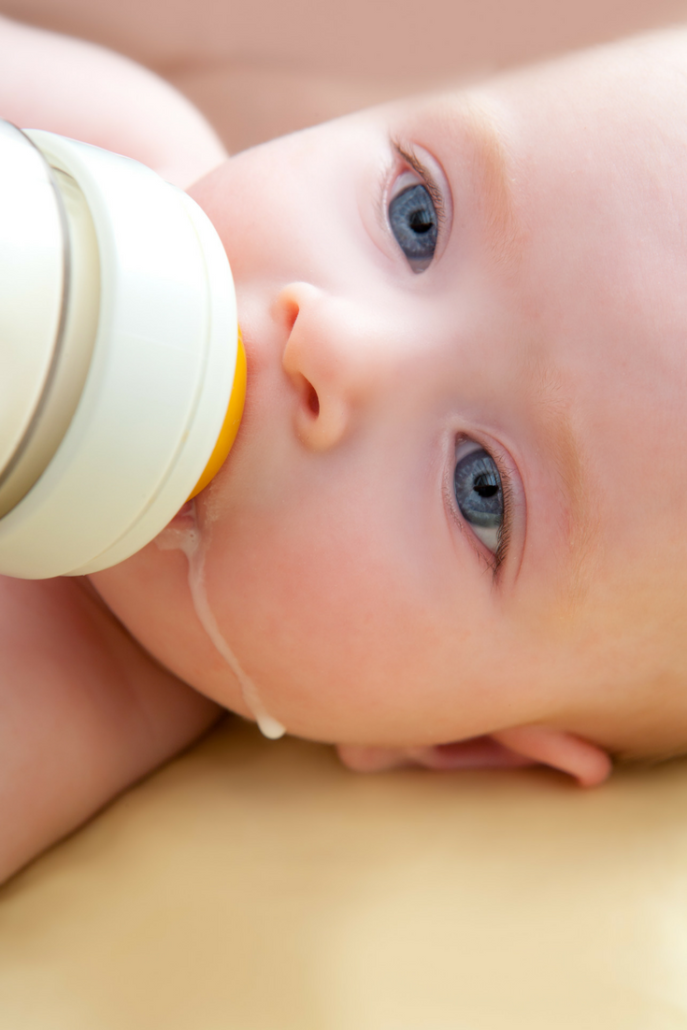
Plant Based Milks For A Vegan Diet
If your child has a vegan diet, I would strongly recommend you to seek help from a dietitian one on one. It isn’t worth leaving this up to chance, as different milks have different nutrient profiles, fortifications, and things to be concerned with.
If your child eats other animal products, it lowers the number of nutrients (like vitamin B12) that we need to be concerned with.
In this case, soy milk or pea milk are generally the best milk to give your toddler. And while not quite as nutritionally comparable, you can also check out a few of the different oat milk products. These are a more recent addition to the market.
Non-Dairy Milks To Avoid For Toddlers
You want to avoid all the other plant-based milks out there. Things like almond milk, rice milk, and coconut milk simply do not provide adequate nutrients to help bridge the gap in your toddler’s diet that we talked about before.
When it comes to alternative milks, the trick really is that our general nutrition recommendations are made around a diet that consists of cow’s milk.
That means that using a plant based milk will provide different nutrients. It doesn’t mean you can’t do it, it just means that you will need to be very intentional about your baby’s diet. And you might need to seek out some guidance from people well versed in plant-based nutrition.
What About Goat’s Milk?
Goat’s milk is becoming more popular in some circles of people who want to avoid cow’s milk. It is also a milk that is fairly popular around the world. But can goat’s milk be substituted for cow’s milk?
In general, goat’s milk is fairly nutritionally similar to cow’s milk.
It has a stronger flavor that many people are not fans of, and also is usually more expensive than cow’s milk.
In the US, most people explore the possibility of goat milk due to lactose intolerance or an allergy to cow’s milk.
It’s important to note that goat’s milk does still have lactose in it. Although in slightly less amounts than cow’s milk. There is nothing to say that a lactose intolerant person would be able to handle it better than cow’s milk, though.
From an allergy standpoint, there is a slightly different structure of proteins in goat milk. With that said, someone who has a cow’s milk allergy is often allergic to goat’s milk, too.
So the bottom line with goat’s milk is that it is ok to try for your baby if they can’t tolerate cow’s milk due to an intolerance.
It is unlikely to solve an allergy problem. But if you feel strongly about trying it in that instance be sure to work closely with your child’s doctor.
Goat’s milk is much less readily available, and more expensive than cow’s milk, so for most people there is really no benefit to drinking it.
I'm curious, what type of milk will you be serving your toddler?? Let me know below!
Need help with mealtimes?
Get help with stress-free meal times, broadening your child's food horizons, helping them develop a positive relationship with food, and so much more!
Breast Milk - The Best Nutrition For Your Baby
Breastfeeding and Nutrition for Breastfeeding Mothers. Breastfeeding is the best way to feed a newborn baby. In addition to its nutritional and immune value, breastfeeding brings a lot of emotions to the baby and mother, as it is an ideal way to establish a deep (almost lifelong) "psycho-emotional" connection with the child. Sucking labor stimulates the production of milk by the mammary glands, although real milk begins to be produced a few days after birth. Until this time, the child is content with colostrum, which cleanses his intestines and protects against infection.
After colostrum, production of "transitional" milk begins, and then two weeks later - mature milk. Composition of mature milk: about 88% is water; nutritional component: 55% fats, 37 carbohydrates and 8% proteins.
If the child is hungry, he himself will let you know about it. The best feeding schedule is at any time, at the request of the child.
Benefits of breastfeeding. Baby Health Benefits:
- provides ideal nutrition for babies, promotes healthy growth and development;
- reduces the frequency and severity of infectious diseases, thereby reducing childhood morbidity and mortality;
- reduces the incidence of rickets, anemia, allergic reactions;
- reduces the incidence of cancer in children under 15 by two or more times;
- optimizes the mental development of children;
The positive effects of breastfeeding on the mother's body:
- Breastfeeding even for 6 months can cut the risk of "pre-menopausal" breast cancer by half;
- breastfeeding a mother protects herself from a new pregnancy by 98% during the first 6 months and by 90% after 6 months of recovery;
- Breastfeeding every child for at least 4-6 months reduces the risk of epithelial ovarian cancer by 25%.

Breastfeeding advice. The baby must be properly attached to the breast. The baby should wrap his mouth around not only the nipple, but the entire areola. A nursing mother needs to be controlled so that the baby breathes freely through her nose. If during feeding the child swallows air and begins to burp, he must be held in an upright position.
If a mother decides to breastfeed, it should be remembered that her body will, as during pregnancy, experience an increased need for good nutrition. Moreover, even more calories will be required to compensate for energy costs than during pregnancy. When breastfeeding, you need to consume an additional 500 calories per day with food. The weight gained during pregnancy is deposited as fat, which is now the source of the missing energy needed to produce milk. For this reason, women who breastfeed lose weight faster than those who do not breastfeed. A healthy diet, rich in essential vitamins and minerals, not only promotes the production of large quantities of milk, but also the production of milk with a high content of nutrients, which naturally benefits the child.
It is well known that many medicines can pass into the baby's body through mother's milk. You should consult your doctor before taking this or that medicine. Develop a psychological setting for long-term breastfeeding. In the list of your life values, prioritize your own health and the health of your baby. Your desire to breastfeed your baby largely determines the full production of breast milk and the success of long-term feeding.
Breastfeed for the first 30 minutes after birth directly in the delivery room. This promotes the release of colostrum, protects the baby from infections and colonizes its intestines with beneficial microflora. There is no more powerful stimulus for the production of breast milk than the suckling of a baby.
Feed the baby on his "demand", and not strictly on the clock, at regular intervals. This practice of feeding is called the free-feeding regimen. The child expresses the feeling of hunger with an active cry or persistent loud crying. Carefully observe the behavior and facial expressions of the child before feeding. This will help you further distinguish between signs of hunger and other causes of anxiety and crying. Free feeding does not mean random feeding of the child at any time of the day. By the end of the first month of life, the vast majority of children have an individual feeding frequency. True, the intervals between feedings can vary during the day from 2 to 3.5 hours or more. The body of the child sets this interval independently, depending on the need for food intake. Free feeding mode is recognized as natural and most favorable for children of the first year of life.
Carefully observe the behavior and facial expressions of the child before feeding. This will help you further distinguish between signs of hunger and other causes of anxiety and crying. Free feeding does not mean random feeding of the child at any time of the day. By the end of the first month of life, the vast majority of children have an individual feeding frequency. True, the intervals between feedings can vary during the day from 2 to 3.5 hours or more. The body of the child sets this interval independently, depending on the need for food intake. Free feeding mode is recognized as natural and most favorable for children of the first year of life.
Avoid nipples, pacifiers, nipple shields, and other devices that mimic a mother's breasts. They disorientate the baby, promote poor sucking technique, and eventually cause the baby to stop breastfeeding and stop producing breast milk. In addition, their long-term use can lead to the formation of malocclusion.
During the first days and weeks after birth, do not limit the number of feedings and the length of time the baby is at the breast. A newborn may "require" 10 - 12 or more attachments to the breast per day. Patiently meet these "demands" of the baby. During this period, the child is adapting to new conditions of existence and he needs your help and understanding.
A newborn may "require" 10 - 12 or more attachments to the breast per day. Patiently meet these "demands" of the baby. During this period, the child is adapting to new conditions of existence and he needs your help and understanding.
By the end of the first month of life, the frequency of feedings is usually reduced to 7-8 times, and the duration of each feeding is reduced to 15-20 minutes. From the age of 6 months, children are usually on 5 meals a day.
If necessary, feed your baby at night on demand. This is especially important with a temporary decrease in the amount of breast milk. At night, the greatest secretion of the hormone prolactin is noted, which regulates the production of breast milk for the next feeding.
For successful breastfeeding, do not give your baby water, tea, or other liquids between or after feedings. This can cause a false feeling of fullness and the baby's rejection of the breast. It has been proven that breast milk contains up to 80 - 90% water and fully satisfies the need of a healthy child for the first 6 months of life in liquid. However, drinking is mandatory for diseases accompanied by fever, vomiting or loose stools.
However, drinking is mandatory for diseases accompanied by fever, vomiting or loose stools.
If your baby is developing harmoniously and is producing sufficient breast milk, exclusively breastfeed until 6 months of age. Thanks to your balanced nutrition and enrichment of the diet with specialized products and vitamin-mineral complexes, breast milk fully satisfies the needs of the child for the first 6 months of life in basic nutrients.
Keep at least two breastfeeds until the baby is 12 months old. In the presence of breast milk, continue to breastfeed the baby 1 - 2 times a day until one and a half years.
In some cases where long-term breastfeeding is not possible, try to maintain exclusive breastfeeding until at least 4 months of age. Remember that breast milk is the best food and protection for your baby from various diseases.
The physiological needs of the child. There are many reasons why breastfeeding is considered the best way to feed an infant. Breast milk is well tolerated and is unlikely to cause any adverse reactions in the baby. In addition, the substances contained in breast milk are involved in the formation and development of the child's immune system, in its ability to resist infection. Breastfed babies are known to be less likely to experience allergic symptoms such as runny nose, skin rashes, regurgitation, asthma, and colic or restlessness. They are less likely to experience diarrhea and other digestive disorders. In addition, studies have shown that breast milk protects the child's body from diseases such as pneumonia, bronchitis, influenza and polio.
Breast milk is well tolerated and is unlikely to cause any adverse reactions in the baby. In addition, the substances contained in breast milk are involved in the formation and development of the child's immune system, in its ability to resist infection. Breastfed babies are known to be less likely to experience allergic symptoms such as runny nose, skin rashes, regurgitation, asthma, and colic or restlessness. They are less likely to experience diarrhea and other digestive disorders. In addition, studies have shown that breast milk protects the child's body from diseases such as pneumonia, bronchitis, influenza and polio.
Breast milk is the only food a baby needs, especially during the first six months of life. It should be remembered that everything that a nursing woman eats during this period is reflected in the composition of milk. If foods to which the child is sensitive are included in the diet, there is a risk of an allergic reaction. Your doctor may advise you to eliminate certain foods from your diet. Most often, you have to exclude cow's milk, eggs, nuts, seafood, citrus fruits, chocolate, honey, etc.
Most often, you have to exclude cow's milk, eggs, nuts, seafood, citrus fruits, chocolate, honey, etc.
Pasteurized drinking milk, fat mass fraction 2.5%, "Lubimoe Moloko"
When evaluating products, we use only expert opinions, which are based on laboratory tests. We do not collect user reviews as they are easy to manipulate. However, you can leave feedback about our study.
Pasteurized drinking milk, mass fraction of fat 2.5%, under the brand name "Lubimoe Moloko", produced by JSC "Lyubinskiy Dairy Canning Plant" in Russia. The sample was purchased at the Magnit store at the address: Omsk, Prospekt Mira, 98.
According to the results of laboratory tests in 2022, this product was recognized as high quality, as it met not only the mandatory requirements of the law, but also the advanced standard of Roskachestvo.
It was not found in quantities hazardous to health, heavy metals, pesticides, and aflatoxins, which can get into the composition of animal feed. Melamine, which can be used in dairy products to increase protein concentration, is not available. Antibiotics were not found in the composition. Microbiological indicators meet the established requirements.
Melamine, which can be used in dairy products to increase protein concentration, is not available. Antibiotics were not found in the composition. Microbiological indicators meet the established requirements.
No preservatives (benzoic and sorbic acids) were found.
Milk of the 1st purity group, which means that it is well filtered and has no mechanical impurities (for example, hairs, feed particles, sand).
The results of the study of the composition of sterols and fatty acid composition showed that it does not contain vegetable fats. Powdered milk is missing.
Milk solids percentage (DSMO) indicates that the milk is of good quality, and the level of acidity indicates that it is fresh.
The content of proteins, fats and carbohydrates corresponds to the established standards and declared in the labeling. 100 g of milk contains 115 ± 5 mg of calcium and 79.19 mg of phosphorus (with an average daily requirement of 1000 mg).
The product has been heat treated.
Milk is an opaque liquid of white color with a light cream tint, with a liquid, homogeneous, non-viscous consistency. Taste and smell characteristic of milk, with a slightly sweet aftertaste.
The volume corresponds to that indicated in the marking.
After the assessment of production, during which, among other things, the level of product localization will be determined, the experts of Roskachestvo will decide on the assignment of the Russian Quality Mark to this product.
-
Manufacturer
JSC "Lyubinskiy milk and canning plant"
-
Country of origin
RUSSIA
-
Manufacturer
JSC "Lyubinskiy milk and canning plant"
-
Year of manufacture
2022
-
Composition
standardized milk
-
Study year
2022
-
Fat content
2.



